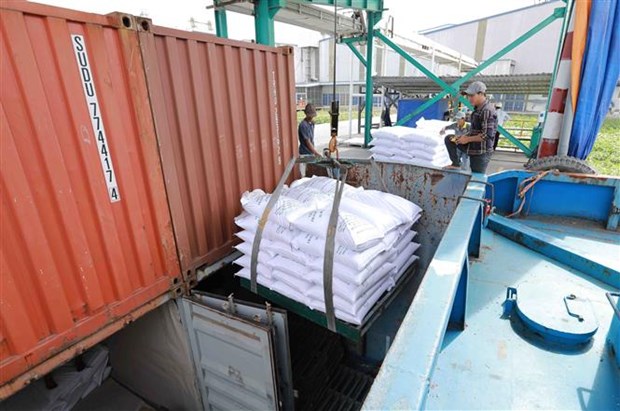
Rice exports maintained a good growth thanks to both price and volume. The market is forecasted to have many more positive signals for Vietnam's rice exports.
Vietnamese rice exports continue to realize the goal of targeting high-end markets when the Strategy for developing Vietnam's rice export market to 2030 was recently approved by the Prime Minister.
The strategy aims to increase the value of exported rice and reduce export volume by 2030 to about 4 million tons with a turnover equivalent to about 2.62 billion USD.
According to the Ministry of Agriculture and Rural Development, the volume of rice exported in May 2023 is estimated at 1 million tons with a value of 489 million USD, bringing the total volume and value of rice exports in the first 5 months of 2023 to nearly 3.9 million tons and 2.02 billion USD, up 40.8% in volume and 49% in value over the same period in 2022.
The average export price of rice in the first 5 months of 2023 is estimated at 517 USD/ton, up 5.8% over the same period in 2022. In the first 4 months of 2023, the Philippines was Vietnam's largest rice consuming market with a market share of 42.4%, reaching 1.29 million tons with 647.5 million USD, up 40.6% in volume and 53.4% in value over the same period in 2022.
Among the 15 largest rice export markets, the market with the strongest increase in value was Indonesia, up 26.3 times. On the contrary, the market with the strongest decrease in rice export value was Ivory Coast (down 49.8%).
According to Mr. Pham Thai Binh - General Director of Trung An High-Tech Agriculture Joint Stock Company, this year, exports to all markets have increased and with all types of rice. With the rather complicated situation in the world, Vietnamese rice continues to have export opportunities as well as maintain growth.
Reality has proven that the world's food supply is decreasing. When climate change is extreme, it is very difficult to improve the world's food supply; while Vietnam is not as strongly affected by climate change as many other countries.
Mr. Pham Thai Binh also said that the amount of rice in stock is not high. All the products produced are consumed. The amount of products produced is quite large but all are consumed well because the world's food supply has decreased, and there is not even enough rice to sell.
Along with that, fragrant rice and high-quality rice are also increasing. According to the Department of Crop Production, since the beginning of the year, the unit has issued 157 certificates for over 14,000 tons of rice to enjoy preferential tariffs when exporting rice to the European Union (EU) market.
According to the Strategy for developing Vietnam's rice export market by 2030, the Vietnamese rice industry will also increase exports of high-quality rice.
Specifically, in the period 2023-2025, the proportion of low and medium-grade white rice will not exceed 15%; high-grade white rice will account for about 20%; fragrant rice, japonica rice, and specialty rice will account for about 40%... The proportion of branded exported rice will be over 20%.
In the period 2026-2030, the proportion of low and medium-grade white rice will account for no more than 10%; high-grade white rice will account for about 15%; fragrant rice, japonica rice, and specialty rice will account for about 45%; and glutinous rice will account for about 20%.
High value-added rice products such as nutritious rice, parboiled rice, organic rice, rice flour, processed rice products, rice bran and some other rice by-products account for about 10%. The proportion of branded exported rice is over 40%.
The strategy also aims to increase the proportion of rice exported directly to the distribution systems of markets to about 60%; improve the efficiency of exports through intermediary channels, especially for markets with unfavorable transportation and payment conditions.
Regarding the strategy, Mr. Nguyen Van Thanh, Chairman of the Board of Directors and General Director of Phuoc Thanh IV Production-Trading Company Limited, said that adjusting to reduce "quantity" and increase "quality" is a suitable strategy.
Because rice production in the key region of the country, the Mekong Delta, has changed, from three crops to two, or from two crops to one. Even a large part of the rice production area has been converted by farmers to fruit trees, aquaculture, etc.
According to Mr. Pham Thai Binh, along with the strategy, the Ministry of Agriculture and Rural Development is also submitting to the Prime Minister for approval the Project on Sustainable Development of 1 million hectares of high-quality specialized rice associated with green growth in the Mekong Delta. The orientation of increasing value and reducing export output is correct.
At that time, by 2030, even if only 4 million tons of rice are exported, the value will still reach 3.5-4 billion USD without having to export 6.5-7 million tons of rice as it does now. In addition, when producing 6.5-7 million tons of rice, it will also create much larger greenhouse gas emissions than producing only 4 million tons of rice. This is an environmental value that is difficult to calculate, Mr. Pham Thai Binh assessed.
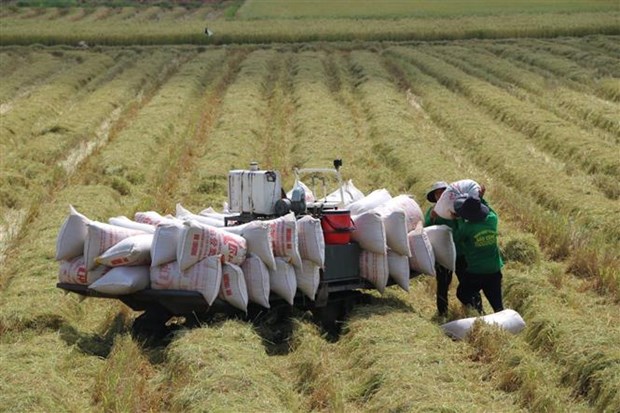
According to experts, deep processing is the way to help increase the value of Vietnamese rice many times over. However, to have processed products present in Europe, the US, Canada, Japan, Korea, etc., requires investment in technology and science.
“Increasing export value will require increasing processed products. This will reduce rice export volume while still maintaining high value. Trung An Company has increased production of vermicelli, pho, etc. to export to the EU,” said Mr. Pham Thai Binh.
With the goal of having about 25% of rice exported directly under the brand name Vietnam Rice/Vietnam Rice by 2030, Mr. Pham Thai Binh said that this is still a low target.
If the Project on Sustainable Development of 1 Million Hectares of High-Quality Specialized Rice Cultivation Associated with Green Growth in the Mekong Delta is approved, the rate of branded rice will likely be higher. Because rice produced under the project alone can exceed the above target. Even rice products can have both a national brand and low emission certification.
According to Deputy Minister of Agriculture and Rural Development Phung Duc Tien, Vietnam has 85% high-quality rice varieties; 89% high-quality rice. Therefore, the price of Vietnamese rice has surpassed that of Thai rice, reaching 485-495 USD/ton.
Deputy Minister Phung Duc Tien said that Vietnam's focus on quality is a requirement of the supply chain. Research topics on rice have so far met the requirements of ecological regions. High-yield, high-quality rice varieties have covered almost all regions.
However, in response to market demands and free trade agreements, research into new varieties with high productivity, low cost, high quality and good competitiveness is bringing increasing efficiency in rice production. In particular, Vietnam's food security is completely assured./.
Source link


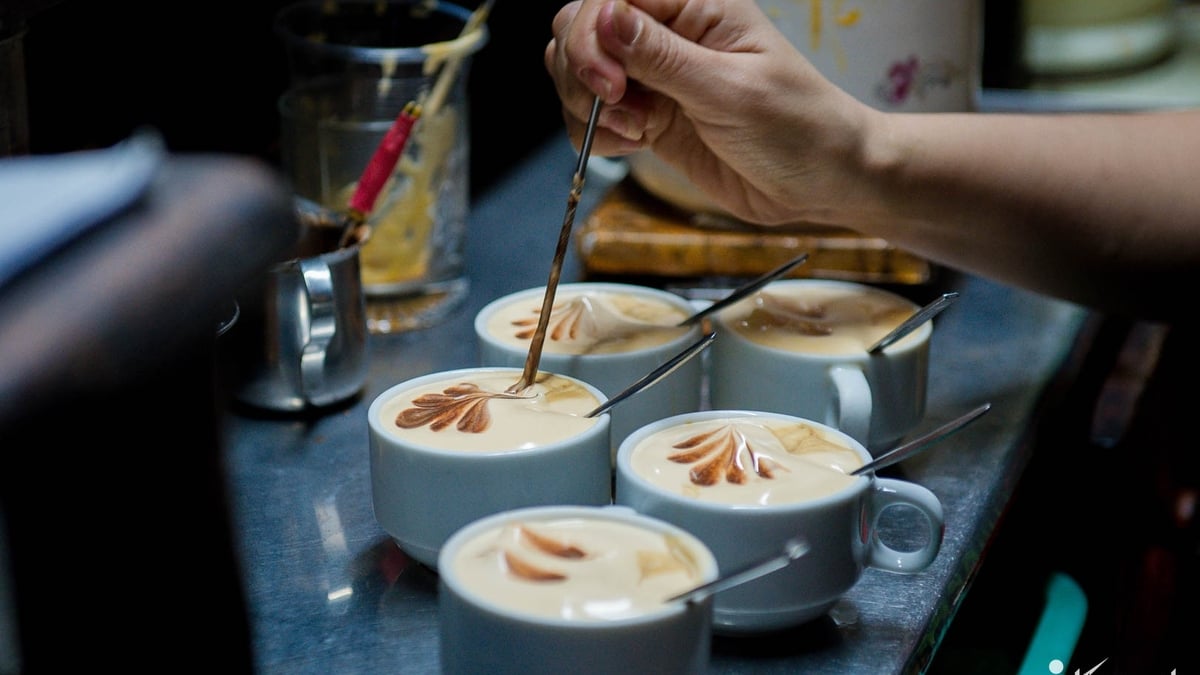






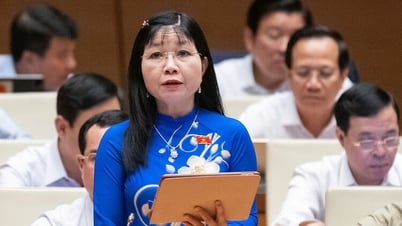
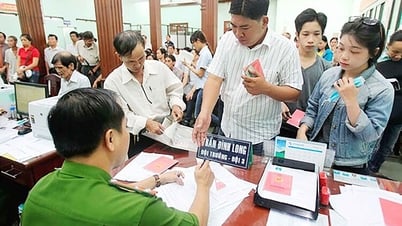
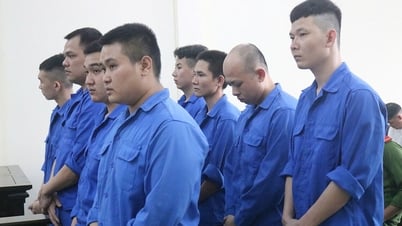
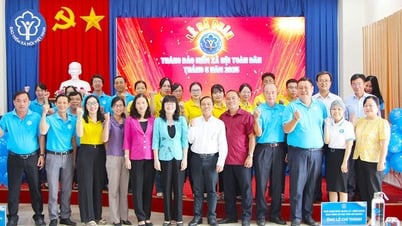
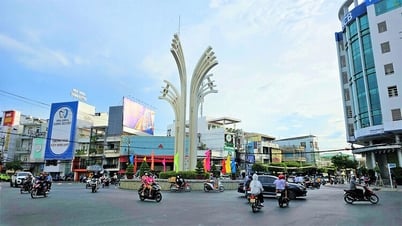





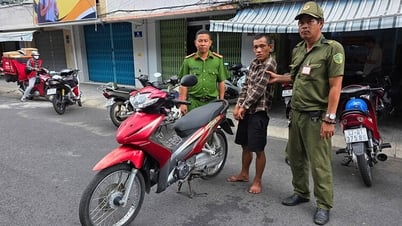
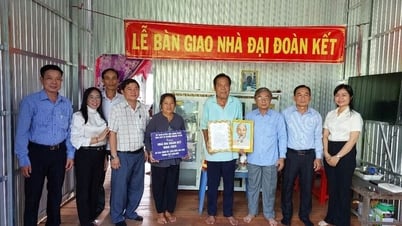
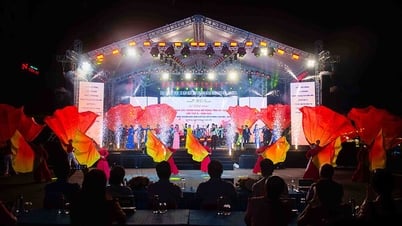
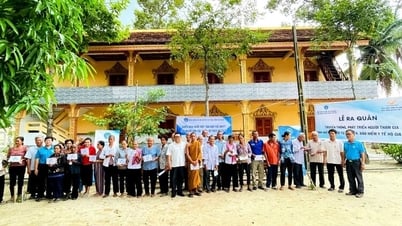
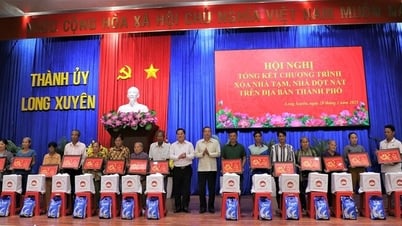



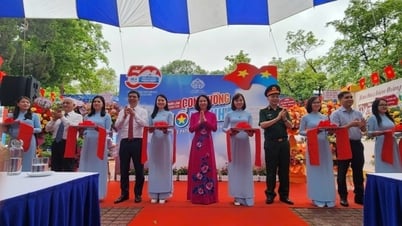

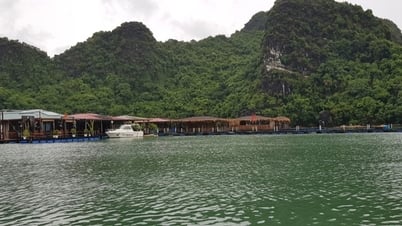







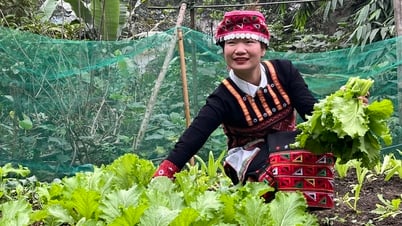

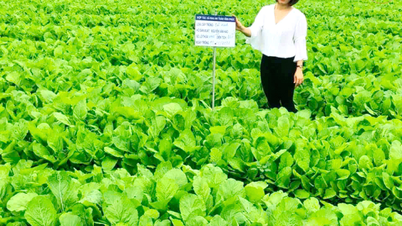

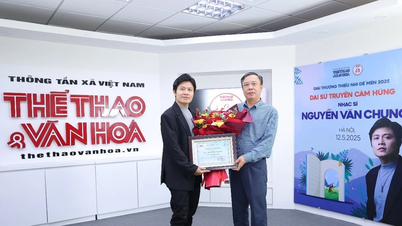















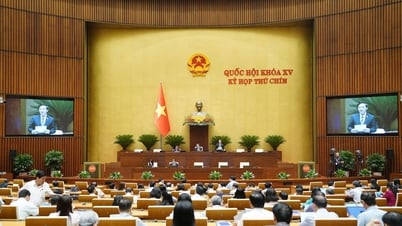












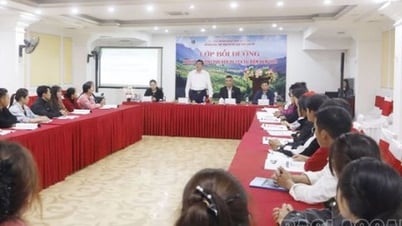
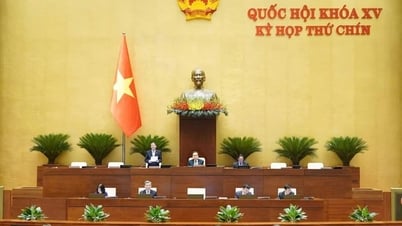





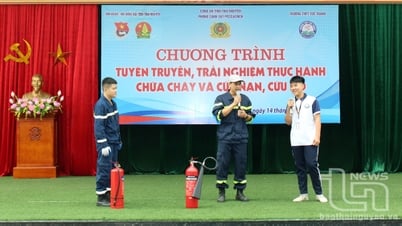

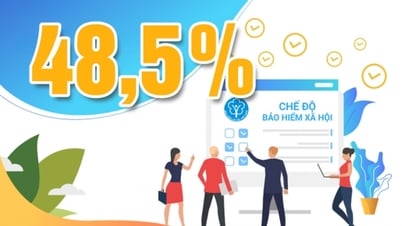

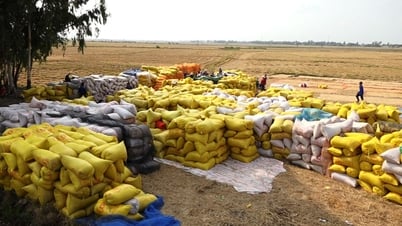

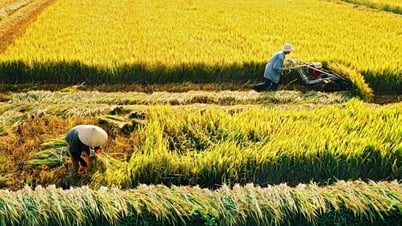




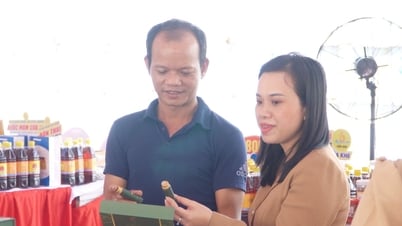
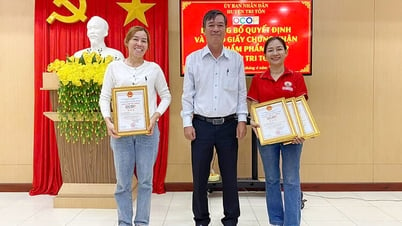




Comment (0)